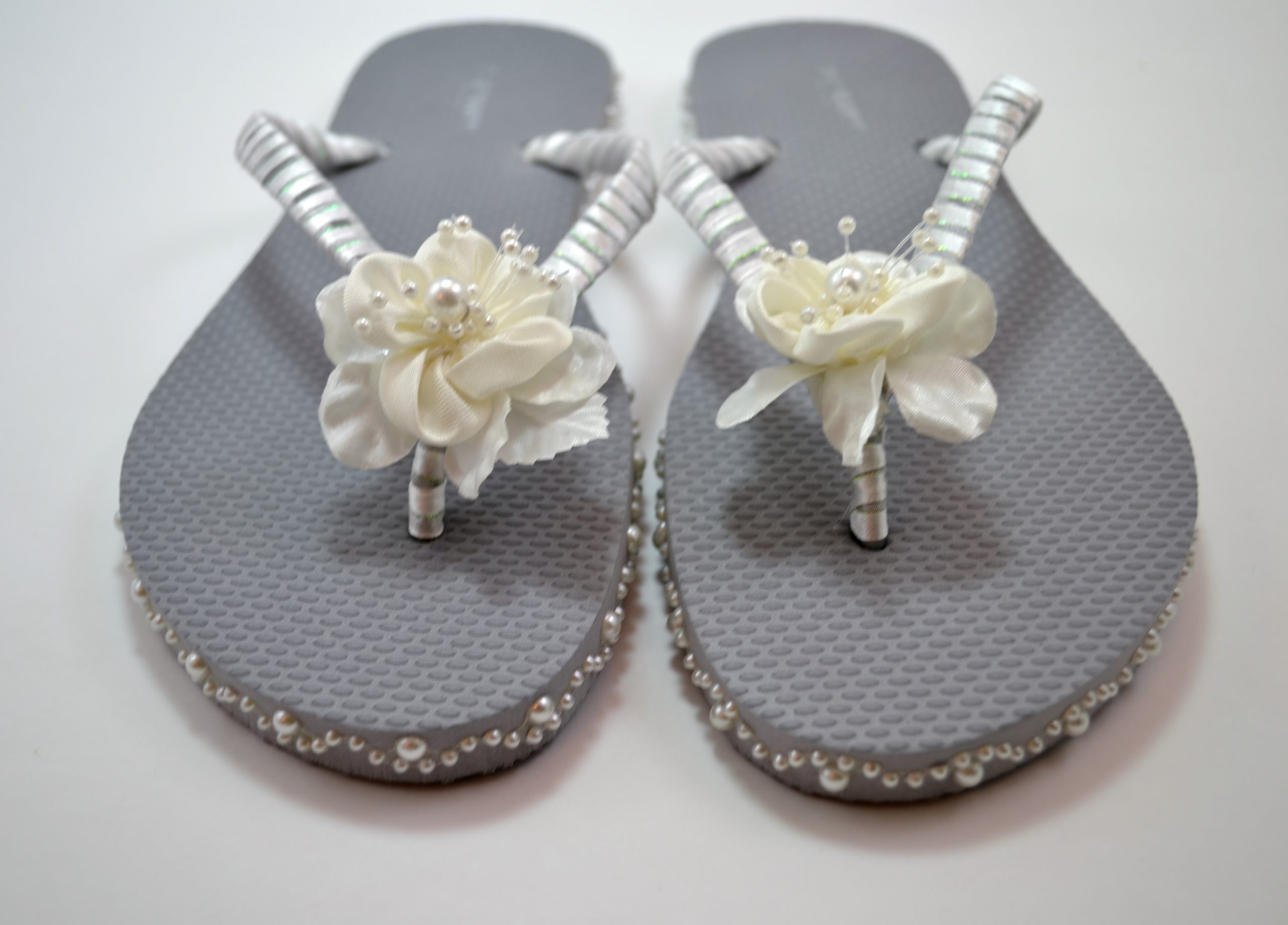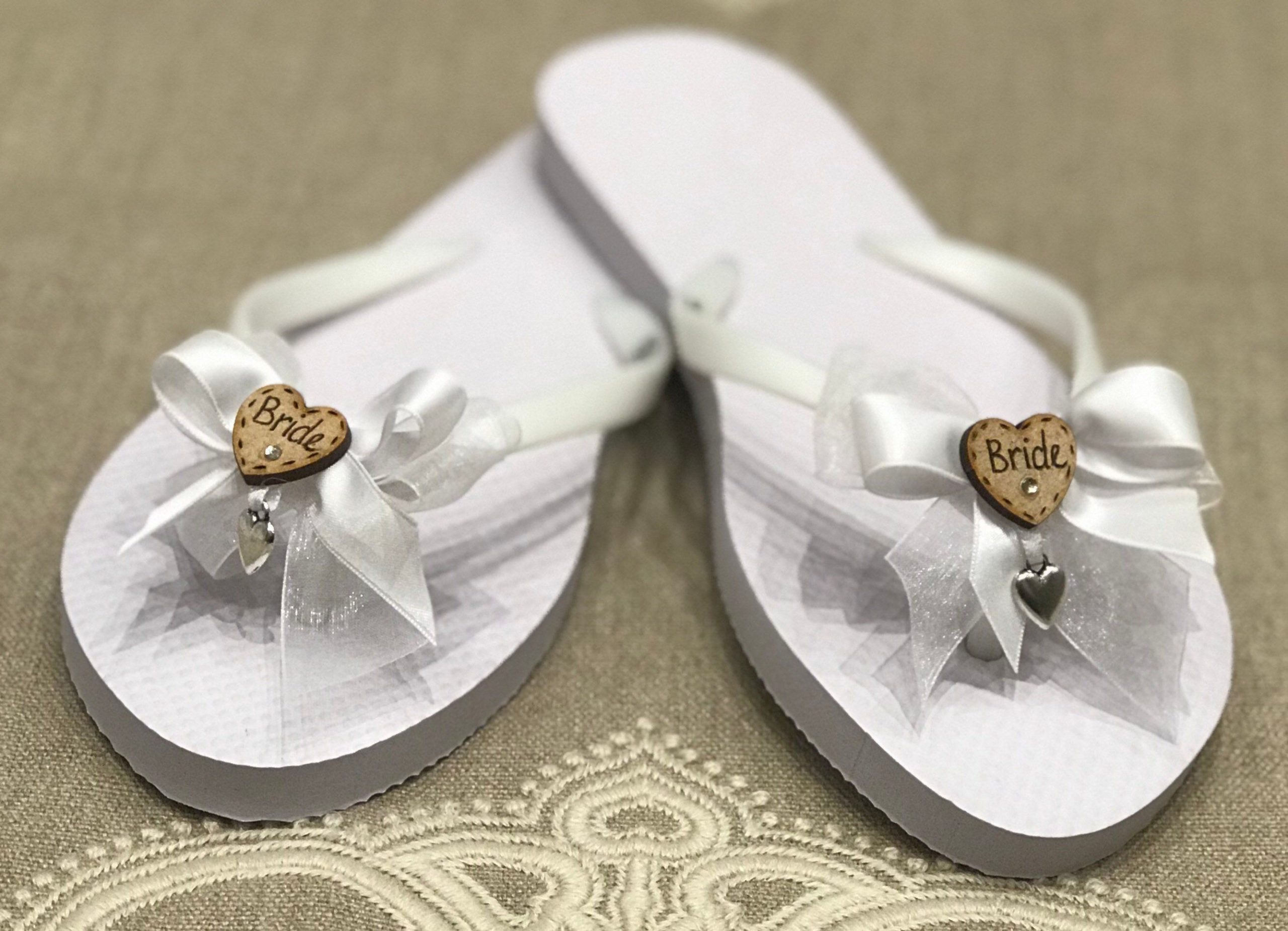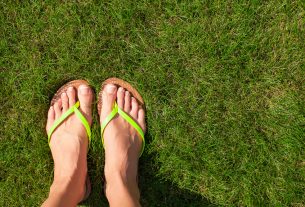Flip flops are a type of sandal that has been around since ancient times. While they have changed in style over the years, they remain one of the most popular and comfortable types of shoes available. But what is the history behind this iconic footwear? In this article, we’ll take a look at how flip-flops got their start and how they’ve evolved into fashionable items like fancy flip flops for weddings.
Origin Of The Flip Flop
The first known evidence of people wearing flip-flops dates back to 4000 BC. These early sandals were made from papyrus reeds, twine, and leather. They were worn by ancient Egyptians primarily as indoor slippers or beachwear. Over time, different cultures adopted the design to fit their needs. For example, Japanese zori were made with wooden soles and fabric straps, while Greek thongs had leather soles with hemp straps.

Evolution Of The Design Through Time
Throughout history, flip-flop designs have evolved both aesthetically and functionally. During World War II, rubber was rationed so Japanese engineers created Zori out of tire scraps instead of wood which allowed them to be lightweight yet durable enough for everyday wear. By the 1950s, new synthetic materials like PVC had become available and manufacturers began producing more colorful styles with thicker cushioning for increased comfort. This trend continued into the 1970s when brands started creating wedge-shaped platforms that featured multiple layers of foam or rubber padding in bright colors like yellow or pink.
Modern-Day Styles & Uses
Today’s flip-flops come in a variety of shapes, sizes, colors, materials, and designs, from casual beach styles to fancy wedding flip-flops. Some are even designed specifically for sports activities such as running or surfing, while others feature stylish embellishments such as rhinestones or glittery details, perfect for special occasions such as a night out on the town or a formal event such as a prom or homecoming dance.
The pros and cons of wearing flip flops
As with any type of shoe, there are pros and cons to wearing flip-flops. On the one hand, they offer an easy slip-on option that takes seconds to slip on, making them ideal for quick errands on hot summer days. Many modern designs also feature arch support, which can help reduce the foot pain often associated with walking barefoot. On the other hand, wearing flip-flops can cause problems such as tendonitis due to the lack of ankle support. Another drawback is that some styles may not provide enough traction on slippery surfaces due to their thin sole material.

The bottom line
Overall, we can see that the humble flip-flop has undergone many changes in its long history to become the trendy fashion item it is today, suitable for everything from casual beachwear to fancy wedding flip-flops. Whether you opt for solid neutrals or vibrant colors embellished with glitter and sequins, there’s definitely something out there to suit every need!

